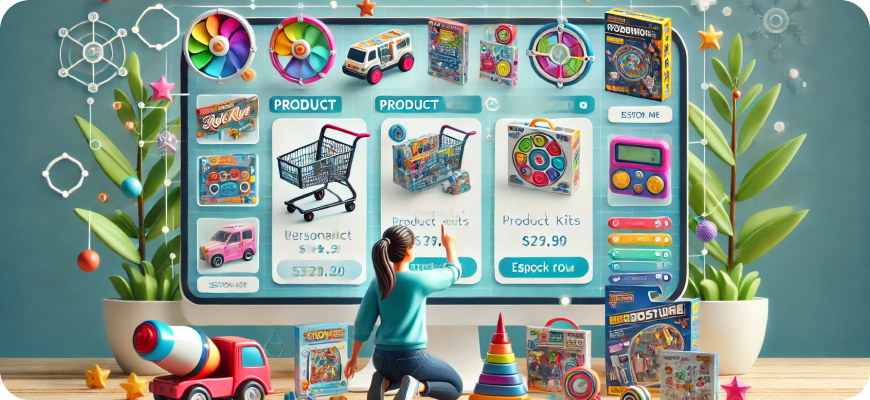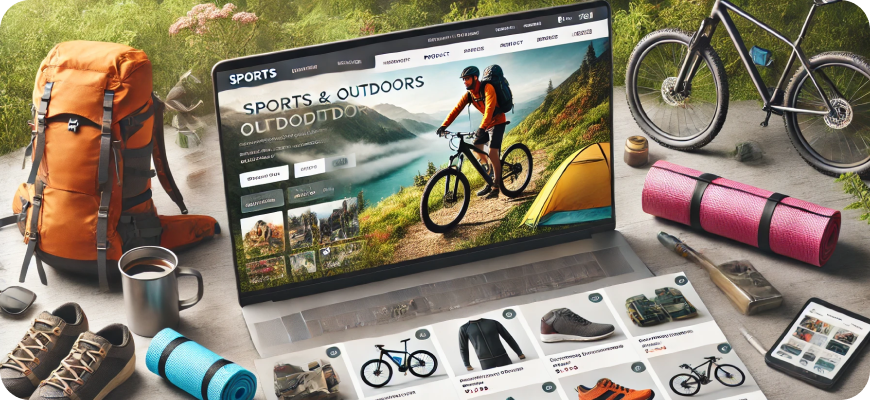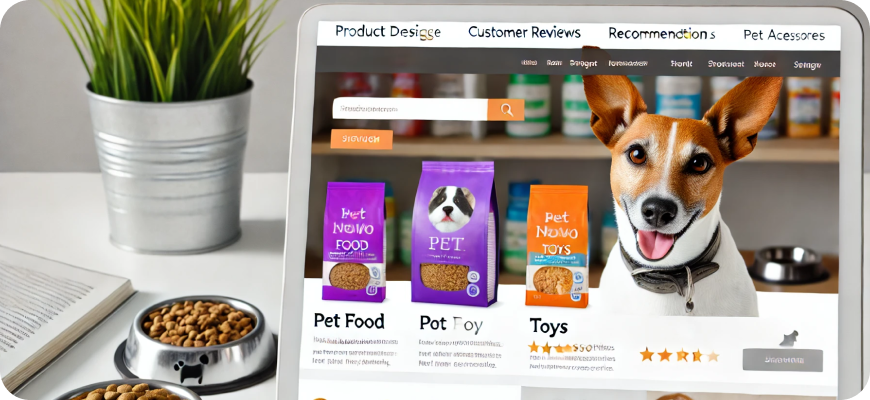Ecommerce Trends in 2025: What You Need to Know
As we move into 2025, several key trends are emerging that are poised to reshape how businesses engage with customers, sell products, and build brands online.
The world of eCommerce is constantly evolving, driven by advancements in technology, changes in consumer behavior, and shifting market dynamics. As we move into 2025, several key trends are emerging that are poised to reshape how businesses engage with customers, sell products, and build brands online.
In this article, we’ll explore the most significant eCommerce trends in 2025 that you need to know. Whether you’re a seasoned eCommerce business owner or just starting, staying on top of these trends will help you stay competitive and meet the ever-changing demands of the digital marketplace.
1. Rise of Social Commerce

Social media platforms are increasingly becoming more than just spaces for sharing photos and updates. In 2025, social commerce – the integration of eCommerce within social media platforms – is set to dominate the eCommerce landscape. Consumers can now browse, purchase, and review products directly from their favorite platforms like Instagram, TikTok, and Facebook.
Key Drivers:
▪️ Shoppable Posts:
Instagram and Facebook allow businesses to tag products in posts, making it easy for users to shop directly from their feeds.
▪️ TikTok Shop:
TikTok has expanded its shopping features, allowing users to purchase trending products directly from videos.
▪️ Live Streaming Shopping:
Platforms like Instagram Live and YouTube Live are introducing live shopping features where influencers and brands showcase products in real-time, encouraging immediate purchases.
How to Adapt:
▪️ Leverage Social Ads:
Create targeted ads with shoppable links to drive purchases directly from social platforms.
▪️ Partner with Influencers:
Collaborate with influencers for live shopping events or product endorsements to tap into their follower base.
▪️ Optimize Social Profiles:
Ensure your social media profiles have clear CTAs, easy navigation, and direct purchase options.
2. Personalization and AI-Driven Experiences

In 2025, personalization will be more crucial than ever. Consumers expect brands to understand their preferences and offer tailored recommendations. AI and machine learning technologies are driving this shift, enabling businesses to provide personalized shopping experiences at scale.
Key Drivers:
▪️ AI-Powered Recommendations:
AI algorithms analyze customer behavior, past purchases, and preferences to deliver highly personalized product recommendations.
▪️ Dynamic Content:
Websites can use AI to show different content, offers, and products based on a user’s browsing history and behavior.
▪️ Chatbots with AI:
AI chatbots provide personalized assistance to customers, answering questions, recommending products, and even handling orders in real-time.
How to Adapt:
▪️ Implement AI-Powered Tools:
Use tools like Nosto or Klevu to offer personalized product recommendations on your site.
▪️ Optimize Email Campaigns:
Use AI-driven email marketing platforms like Klaviyo to send personalized product suggestions, promotions, and content based on customer data.
▪️ AI Chatbots:
Integrate AI chatbots like Tidio or Zendesk to enhance customer service and guide shoppers through personalized journeys.
3. Sustainable and Ethical Shopping

Sustainability has been a growing concern among consumers for years, and in 2025, it’s no longer just a trend—it’s an expectation. Shoppers are becoming more conscious of the environmental and ethical impact of their purchases, and brands that prioritize sustainability are gaining a competitive edge.
Key Drivers:
▪️ Eco-Friendly Packaging:
More consumers prefer eco-friendly, biodegradable packaging over plastic. Brands are transitioning to more sustainable alternatives.
▪️ Sustainable Products:
Shoppers are seeking products made from recycled or sustainable materials, especially in the fashion, beauty, and home goods sectors.
▪️ Transparency:
Consumers are increasingly interested in the ethical sourcing of products, fair trade, and whether businesses are reducing their carbon footprint.
How to Adapt:
▪️ Sustainable Packaging:
Shift to recyclable or biodegradable packaging materials and highlight this on your product pages.
▪️ Ethical Supply Chains:
Be transparent about your sourcing and manufacturing processes, and promote ethical practices if applicable.
▪️ Certifications and Labels:
Highlight any certifications your products have, such as Fair Trade, Organic, or Carbon Neutral.
4. Voice Commerce
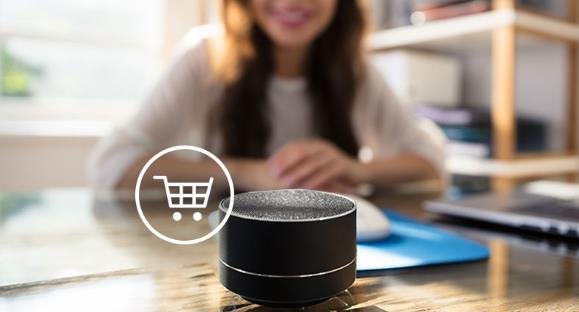
As smart speakers like Amazon Echo and Google Home become household staples, voice commerce is expected to grow exponentially in 2025. Consumers are increasingly using voice commands to search for products, place orders, and reorder frequently purchased items, making this a new frontier in eCommerce.
Key Drivers:
▪️ Smart Speaker Growth:
The proliferation of smart speakers has increased, with more households using them for daily tasks, including shopping.
▪️ Voice Search Optimization:
As voice search becomes more prevalent, optimizing for voice SEO is essential to ensure your products are discoverable through voice assistants.
How to Adapt:
▪️ Voice Search Optimization:
Optimize your website for voice search by including long-tail keywords and conversational language in product descriptions.
▪️ Simplify Product Listings:
Ensure product information is concise and accessible for voice search algorithms to interpret.
▪️ Voice Commerce Integration:
Consider integrating your store with voice-enabled platforms like Amazon Alexa or Google Assistant to facilitate voice-driven shopping.
5. Augmented Reality (AR) Shopping Experiences

One of the most exciting trends of 2025 is the growing use of Augmented Reality (AR) in eCommerce. AR allows customers to visualize products in real-world settings before making a purchase, leading to higher conversion rates and fewer returns.
Key Drivers:
▪️ Virtual Try-Ons:
Fashion and beauty brands are using AR to allow customers to “try on” clothes, makeup, or accessories virtually.
▪️ Product Visualization:
Home decor and furniture brands use AR to show customers how products will look in their homes.
▪️ Interactive Experiences:
AR enhances the overall shopping experience by providing interactive 3D product views.
How to Adapt:
▪️ Implement AR Tools:
Use AR tools like Shopify AR or WooCommerce AR for WordPress to create immersive shopping experiences.
▪️ Virtual Try-Ons:
Fashion, eyewear, and beauty brands should invest in AR try-on technology to help customers visualize products before buying.
▪️ Leverage 3D Models:
Create 3D models of your products to provide customers with a more engaging, detailed view of your offerings.
6. Subscription-Based Models

Subscription services have grown rapidly in recent years, and 2025 will see even more brands adopting subscription-based business models. From recurring product deliveries to membership programs offering exclusive benefits, subscriptions provide convenience for customers and predictable revenue for businesses.
Key Drivers:
▪️ Convenience:
Subscriptions offer a hassle-free experience for customers who don’t want to manually reorder their favorite products.
▪️ Customer Retention:
Subscription models foster long-term relationships with customers, increasing lifetime value.
▪️ Predictable Revenue:
Recurring revenue from subscriptions helps businesses forecast their income and inventory needs more accurately.
How to Adapt:
▪️ Offer Subscription Options:
Use tools like Subify (Shopify) or WooCommerce Subscriptions to offer recurring delivery services for products customers use regularly (e.g., skincare, coffee, vitamins).
▪️ Membership Programs:
Introduce subscription-based memberships offering exclusive products, discounts, or early access to new releases.
▪️ Personalization:
Enhance subscription services with personalized product recommendations based on customer preferences and behavior.
7. Faster, Flexible Shipping Options

Shipping speed and flexibility are increasingly becoming deciding factors for online shoppers. In 2025, customers will continue to expect faster delivery times, more shipping options, and greater transparency about when they’ll receive their orders.
Key Drivers:
▪️ Same-Day and Next-Day Delivery:
Consumers want their products fast. Services like Amazon Prime have set new standards for delivery speed.
▪️ Flexible Delivery:
Offering a variety of shipping options, from express to eco-friendly, provides customers with the ability to choose what works best for them.
▪️ Real-Time Tracking:
Customers expect real-time tracking updates, allowing them to monitor their order’s status from shipment to delivery.
How to Adapt:
▪️ Partner with Fulfillment Providers:
Use fulfillment services like Shopify Fulfillment Network or ShipBob to offer faster, reliable shipping.
▪️ Offer Multiple Shipping Options:
Provide a range of shipping methods, including express, standard, and eco-friendly options, to meet diverse customer needs.
▪️ Provide Tracking Updates:
Use apps like AfterShip (Shopify) or TrackShip (WooCommerce) to provide real-time tracking information to customers after purchase.
8. Growth of BNPL (Buy Now, Pay Later)
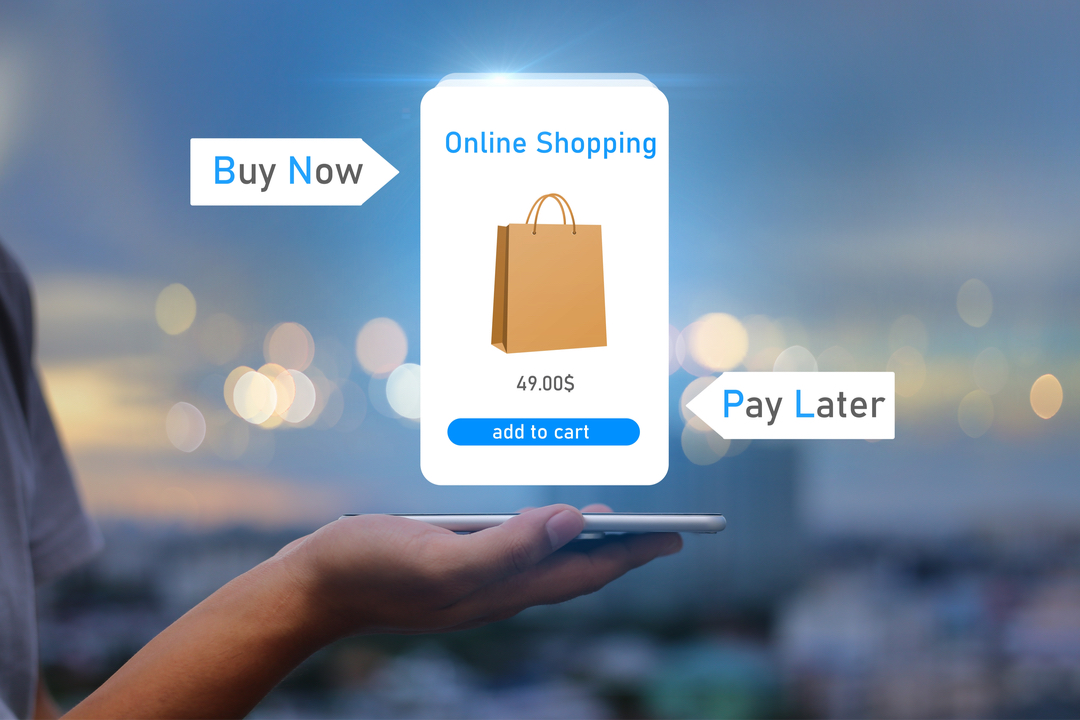
Buy Now, Pay Later (BNPL) services are becoming more popular among consumers who want the flexibility to pay for products in installments. In 2025, offering BNPL options will be essential for eCommerce stores to cater to price-conscious customers.
Key Drivers:
▪️ Consumer Demand:
Many consumers, especially younger shoppers, prefer the option to pay in installments rather than upfront.
▪️ Higher Conversion Rates:
BNPL services can help reduce cart abandonment and increase conversion rates by providing customers with more flexible payment options.
▪️ Increased AOV:
Offering BNPL can lead to higher average order values, as customers are more likely to purchase higher-priced items when they can spread out payments.
How to Adapt:
▪️ Integrate BNPL Providers:
Partner with BNPL services like Klarna, Afterpay, or Sezzle to offer flexible payment options at checkout.
▪️ Highlight BNPL Options:
Clearly display BNPL options on product pages and during checkout to encourage customers to choose this payment method.
▪️ Promote Larger Purchases:
Encourage customers to buy higher-value items by emphasizing that they can pay in installments.
Conclusion
As eCommerce continues to evolve in 2025, staying ahead of trends like social commerce, AI personalization, voice commerce, and sustainability will be crucial for success. Businesses that prioritize customer experience, embrace new technologies, and adapt to changing consumer preferences will be well-positioned to thrive in the digital marketplace.
By integrating these trends into your eCommerce strategy, you can not only meet your customers’ expectations but also differentiate your brand in an increasingly competitive environment. Stay agile, keep an eye on emerging trends, and be ready to pivot your approach as new opportunities arise.

